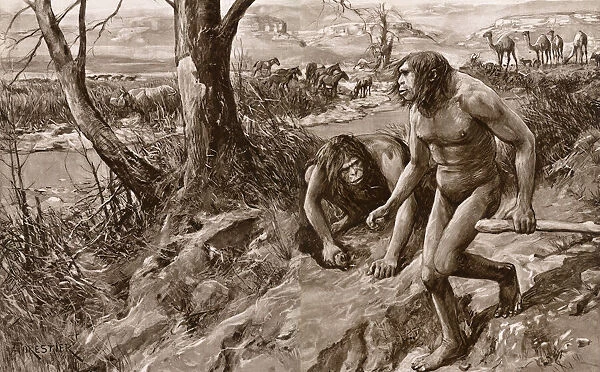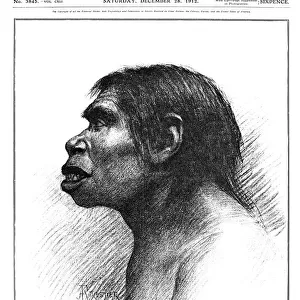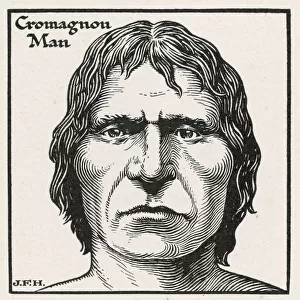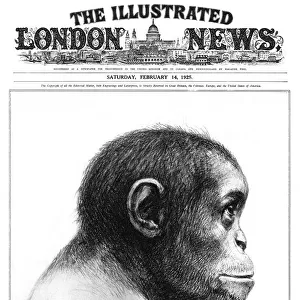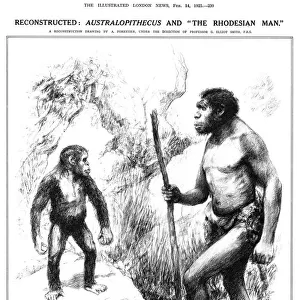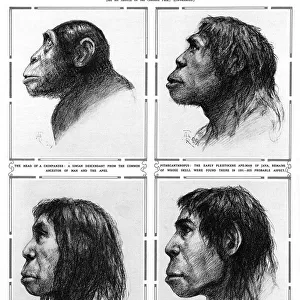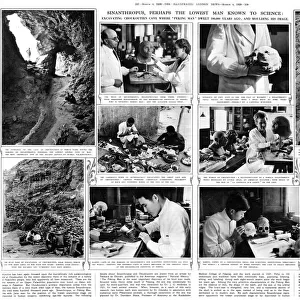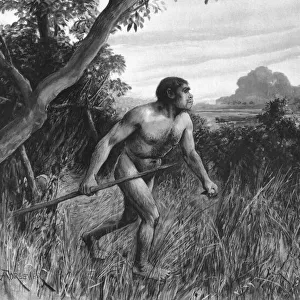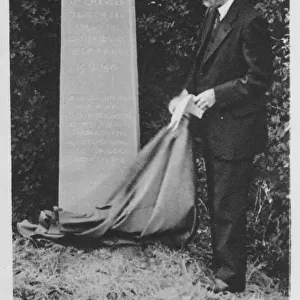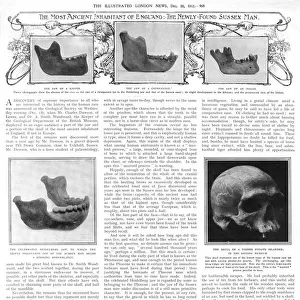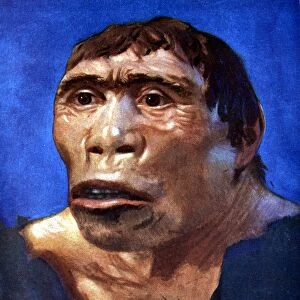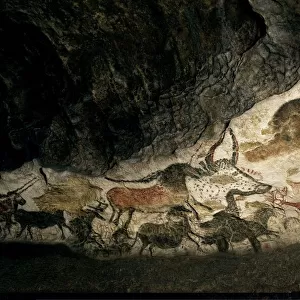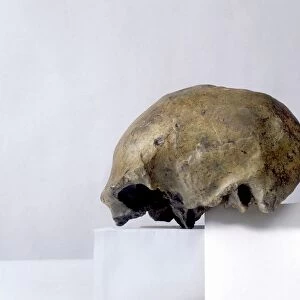Home > Arts > Artists > Related Images
Earliest man tracked by tooth, discovery in Pliocene strata
![]()

Wall Art and Photo Gifts from Mary Evans Picture Library
Earliest man tracked by tooth, discovery in Pliocene strata
The earliest man tracked by a tooth: an astounding discovery of human remains in Pliocene strata. An artists vision of Hesperopithecus (the ape-man of the western world) and contemporary animals. The finding of a fossil molar tooth in the Snake Creek beds of Sioux County, Nebraska, USA, has led to claims by anthropologists as to the origin of man. Date: 1922
Mary Evans Picture Library makes available wonderful images created for people to enjoy over the centuries
Media ID 14305886
© Illustrated London News Ltd/Mary Evans
Discovery Earliest Fossil Human Humans Nebraska Pliocene Prehistoric Prehistory Reconstruction Strata Tooth Tracked Astounding Humankind
FEATURES IN THESE COLLECTIONS
> Arts
> Artists
> Related Images
> North America
> United States of America
> Nebraska
> Related Images
EDITORS COMMENTS
In this image, we are transported back in time to the Pliocene epoch, approximately 3.6 million years ago, where the earliest known evidence of human presence on the American continent was discovered. The photograph, titled "The Earliest Man Tracked by a Tooth: An Astounding Discovery of Human Remains in Pliocene Strata," showcases an artist's vision of Hesperopithecus, an ape-man believed to be the first hominid to inhabit the western world. The discovery of a fossil molar tooth in the Snake Creek beds of Sioux County, Nebraska, USA, has sparked intense interest among anthropologists and archaeologists. This tooth, estimated to be around 3.5 million years old, has been hailed as a groundbreaking find, shedding new light on the origins of man in the Americas. The scene depicted in the image is a fascinating reconstruction of the era, with Hesperopithecus interacting with contemporary animals. The landscape is dotted with towering trees, lush vegetation, and a clear body of water, providing a glimpse into the prehistoric world that once existed. This discovery has significant implications for our understanding of human prehistory. The presence of Hesperopithecus in the New World challenges long-held beliefs about the migration patterns of early humans. The find also adds to the growing body of evidence suggesting that the Americas were inhabited much earlier than previously thought. As we marvel at this astounding discovery, we are reminded of the rich and complex history that lies buried beneath our feet. The study of fossils and prehistoric remains continues to provide valuable insights into the evolution of humankind and our place in the natural world.
MADE IN THE USA
Safe Shipping with 30 Day Money Back Guarantee
FREE PERSONALISATION*
We are proud to offer a range of customisation features including Personalised Captions, Color Filters and Picture Zoom Tools
SECURE PAYMENTS
We happily accept a wide range of payment options so you can pay for the things you need in the way that is most convenient for you
* Options may vary by product and licensing agreement. Zoomed Pictures can be adjusted in the Cart.

